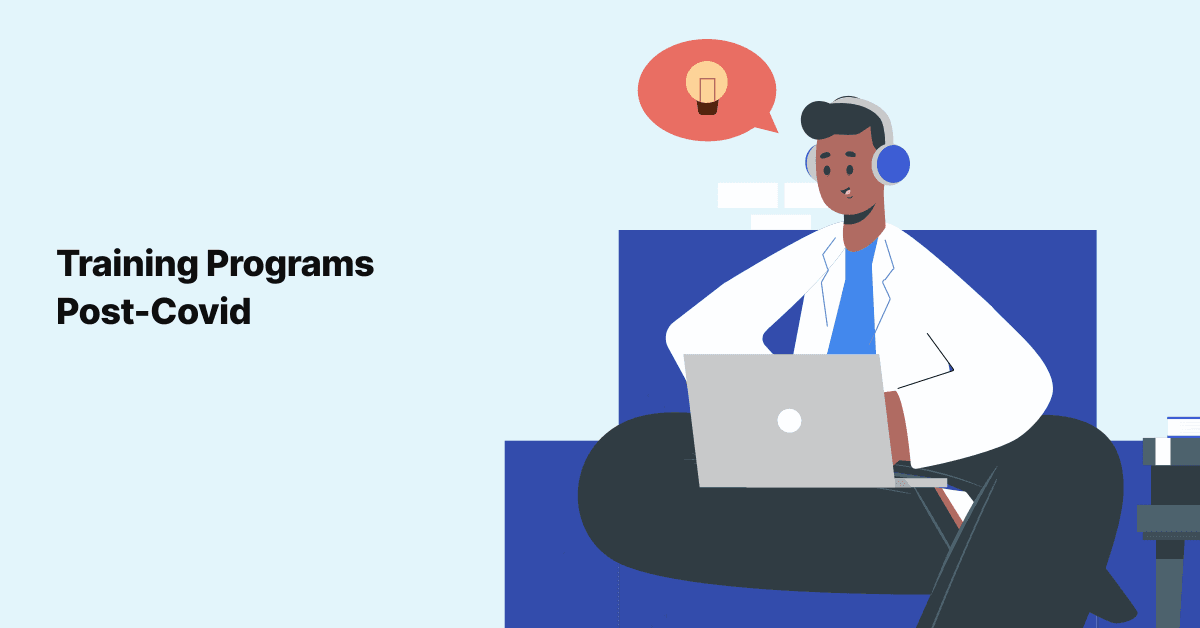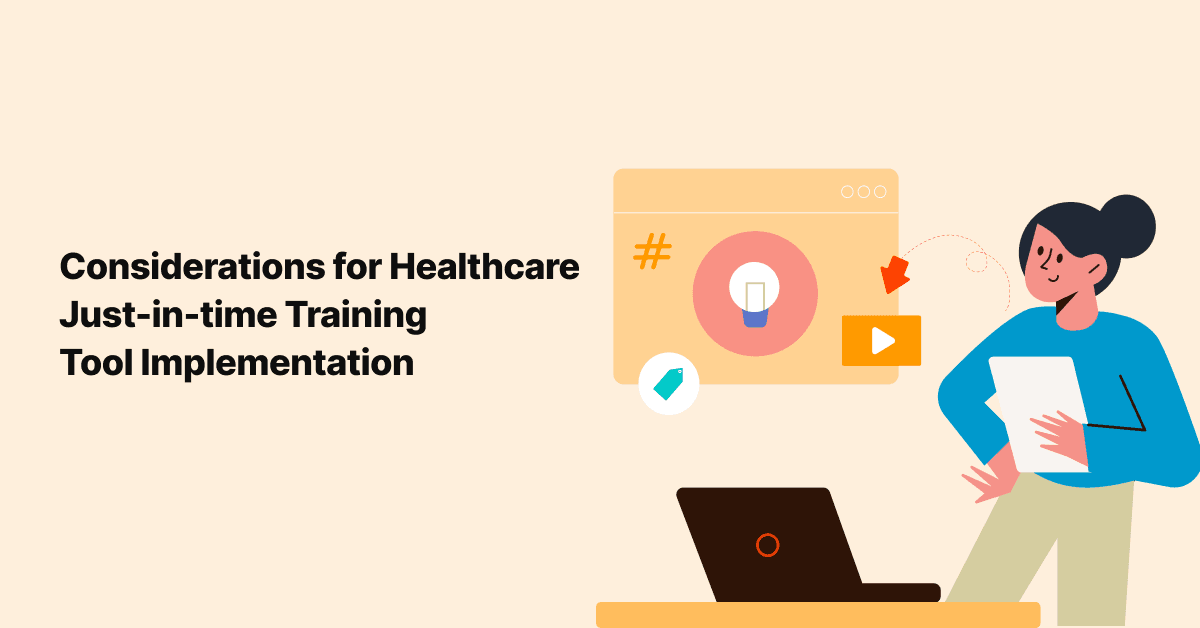
Importance of EHR Upgrades
As technology evolves, it is important for healthcare organizations to keep up with the latest trends in order …

As you read this blog, many restrictions put in place due to Covid-19 are being relaxed. The travel restrictions are easing, people are going out to eat, many people have slowly started going back to their workplace (hospital staff never left!), and things are being planned again in group settings.
This easing of restrictions means that your learners are coming back physically too. What does that mean for your organization? Are you ready to handle the changes it brings? Here are the top 5 things you should prepare for your training programs post-Covid.
Training programs are often conducted in closed spaces and group settings. Such training means people have to ensure not only their safety but also the safety of others in such environments. Federal and state governments have issued guidelines and protocols on the dos and don’ts for people gathering in indoor environments. Please follow these guidelines at all times. You can focus on basic but essential activities like:
You may want to look hard at the policies you may have in place for your sick leave reporting and monitoring. In the past, sick leave for a couple of days due to flu may not have caught anyone’s attention. But it ought to raise a few eyebrows now. What looks like seasonal flu or mild fever may be the early symptoms of Covid-19. Therefore, it is strongly recommended that if someone has symptoms shown by Covid-19 patients, they must stay at home and not come to work until a medical report confirms that they are not infected with Covid-19. Such information must also be filed in the employee’s personnel file for future reference.
Your plans, policies, and procedures need to be communicated in an effective manner to make the intended impact. They should be posted in high visibility areas, emailed to all employees, reinforced in staff meetings, team meetings, and even during informal discussions.
Those trainings should not end up becoming just a formality. They should be enforced with all sincerity across the organizational hierarchy. They have the potential to make or break your plans for a safe passage to normalcy.
Team managers, department heads, and the HR team together need to ensure that the policies are complied with. They should become ingrained in the DNA of the organizational culture and be documented suitably so that it lends itself to audit by internal or external auditors at any point in time.
Ever heard of “man proposes, God disposes?” No matter how hard you try, there are external factors beyond your control. Hospitals by default deal with sick people and the continuous mutation in the Covid-19 virus means that there is a possibility of newer strains emerging. Delta mutation, for example, has turned out to be highly infectious and is causing a new wave of cases.
Make instructor-led training plus e-learning a part of your backup strategy. Make sure people can get trained irrespective of their locations if we get to a shelter in place situation again.
Join over 3,200 subscribers and keep up-to-date with the latest innovations & best practices in Healthcare IT.

As technology evolves, it is important for healthcare organizations to keep up with the latest trends in order …

Having seen many Micro learning videos, they look so easy. Just record how to do something, right? Well, when …

The use of software in healthcare has become all the more prominent with COVID-19. In fact, health information …